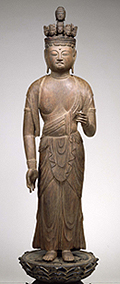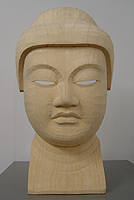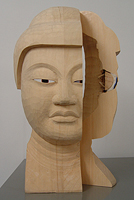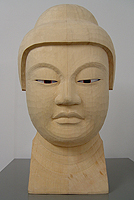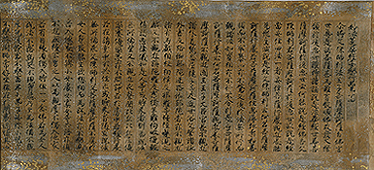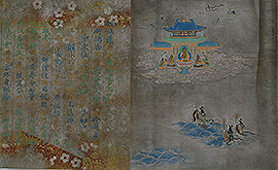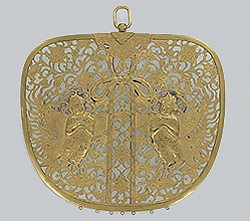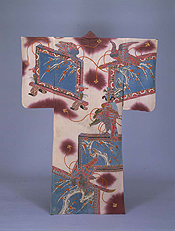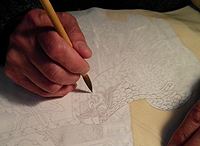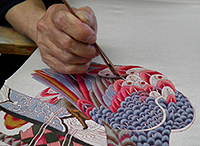Japanese Gallery (Honkan) Room T2
June 15, 2010 (Tue) - July 25, 2010 (Sun)
The TNM displays many outstanding works of traditional Japanese art. How are these artworks made?
This exhibition introduces key techniques from four genres of traditional Japanese art using a combination of photographs, process examples made by experts, and finished works.


